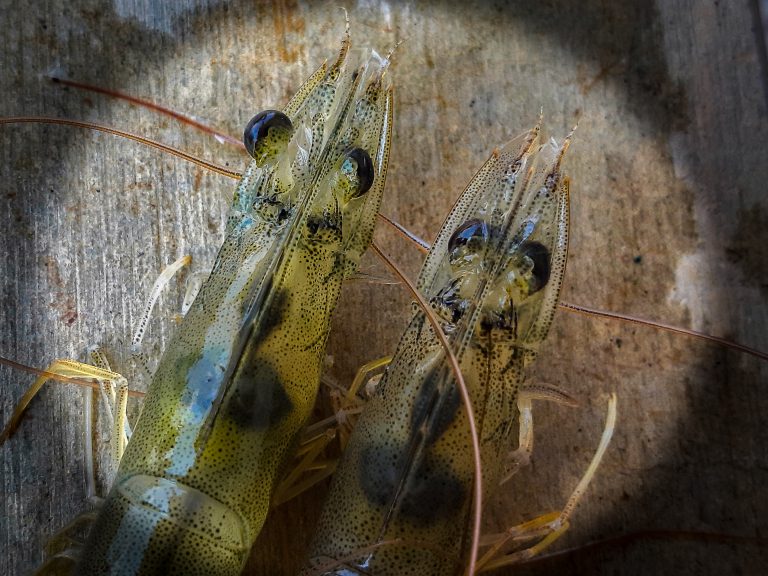Mycotoxins
Mycotoxins (mold poisons) are secondary metabolites from molds, which can be toxic even in the smallest amounts in vertebrates. In contrast, the toxic ingredients of large fungi are called fungi poisons. A disease caused by mycotoxins is called mycotoxicosis.
Around 200 different toxins are now known, which are produced by over 300 types of fungi, the production of a certain toxin may be limited to a few specific species, but may also be accomplished by many species of several genera. The optimal conditions for the formation of the toxin and the growth of the mold need not necessarily match. Most mycotoxins are very resistant to heat and acid treatment.
The formation of mycotoxins is subject to a pronounced regional and seasonal fluctuation range and is dependent on the food supply, water content in the substrate and the surrounding air (air humidity), temperature, pH value and interactions with other fungi. Substrates that are rich in complex carbohydrates are preferred for poisoning.
Humans are mainly threatened by contamination in food. All moldy foods can contain mycotoxins.
Primary contamination: Grain has already been attacked by mold in the field (e.g. ergot on rye, wheat, barley)
Secondary contamination: Molded food becomes moldy (e.g. Aspergillus or Penicillium spp.)
Carry over: farm animals take in moldy food and pass on the toxins it contains to the products: milk, eggs, meat
The FAO estimates that about 25% of the world’s food production contains mycotoxins. Cereals (especially maize and wheat) are most frequently contaminated with fusarium toxins. Agricultural products from tropical and subtropical areas are often affected by aflatoxin infestation, since the fungus Aspergillus flavus only grows well from temperatures of 25 to 40 ° C. Mainly affected are corn, as well as oily seeds and nuts, such as. B. pistachios, peanuts, almonds and Brazil nuts.
Mycotoxins can show toxic effects in humans and animals even in low concentrations.
In particular mycotoxins can cause
- carcinogenic
- damage the central nervous system (neurotoxic)
- damage the immune system (act immunosuppressive)
- damage the genome (mutagenic)
- damage the body fruit (have a teratogenic effect)
- organ damage (e.g. to the liver or kidney) (hepatotoxic or nephrotoxic)
- skin and mucous membrane damage (from skin irritation to necrosis)
- Inhibit or initiate enzymatic metabolic processes
- trigger allergic reactions
- fertility problems through hormonal effects.
A number of mycotoxins have the ability to prevent bacteria from multiplying. One speaks here of an antibiotic effect and uses this property in various drugs against bacterial infections.
(Source: Wikipedia)
The certified feed we use contains herbal extracts that neutralize the effects of mold poisons. In this way, we promote the health of our shrimp in a natural way, since their digestive tract and immune system are less exposed to toxins from the environment. This prevents damage to the liver, which is the central metabolic organ and is also responsible for the breakdown of these mycotoxins. In addition, the feed is upgraded by means of “top dressing” of plant extracts and other possible environmental toxins are neutralized.



